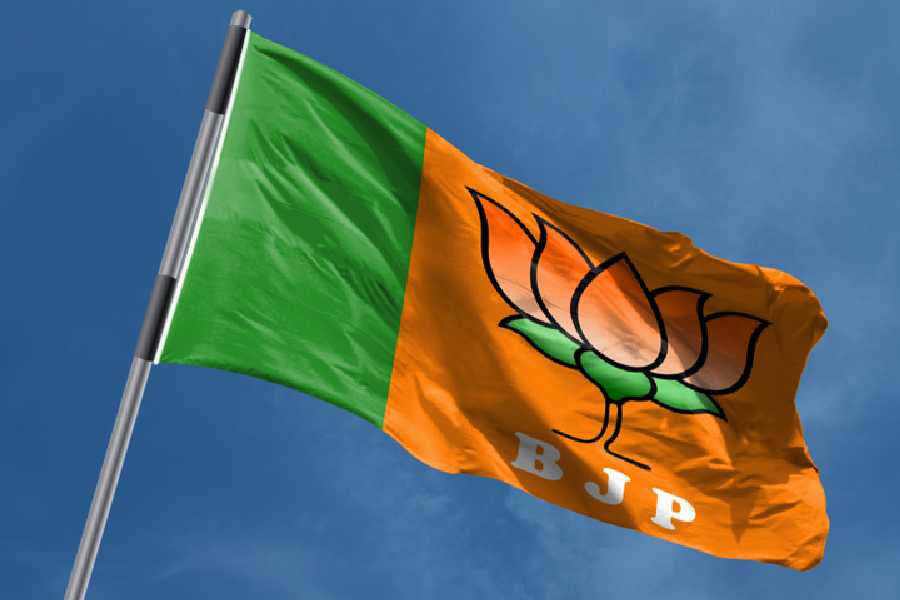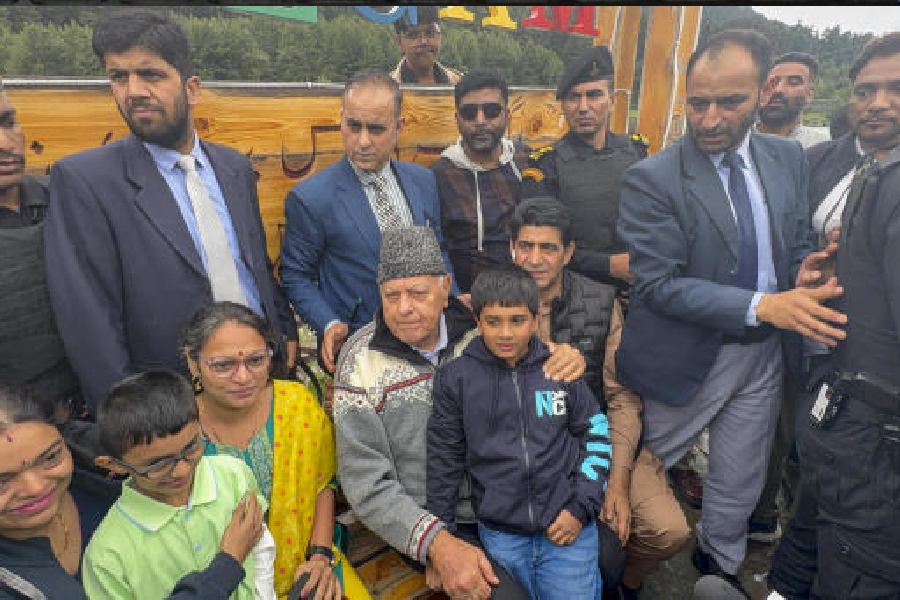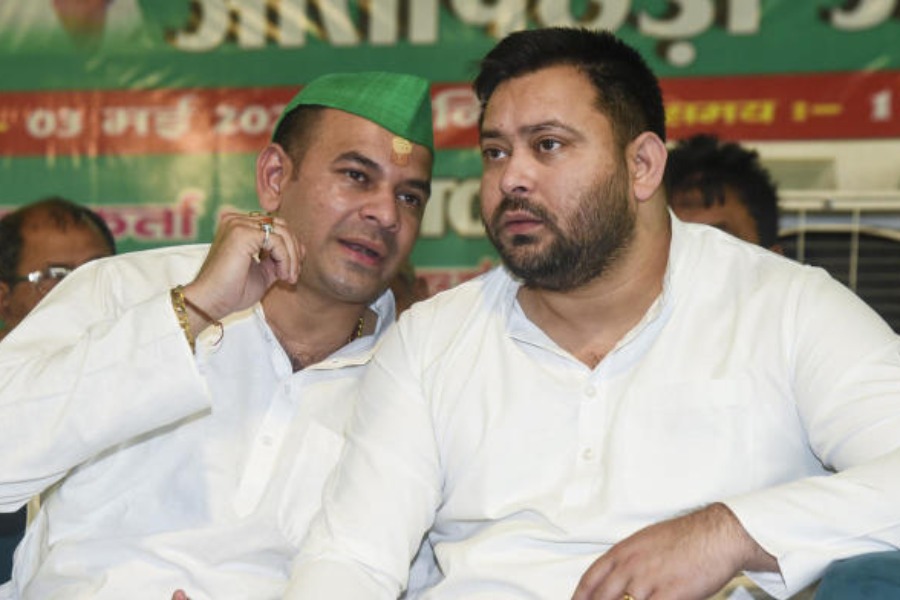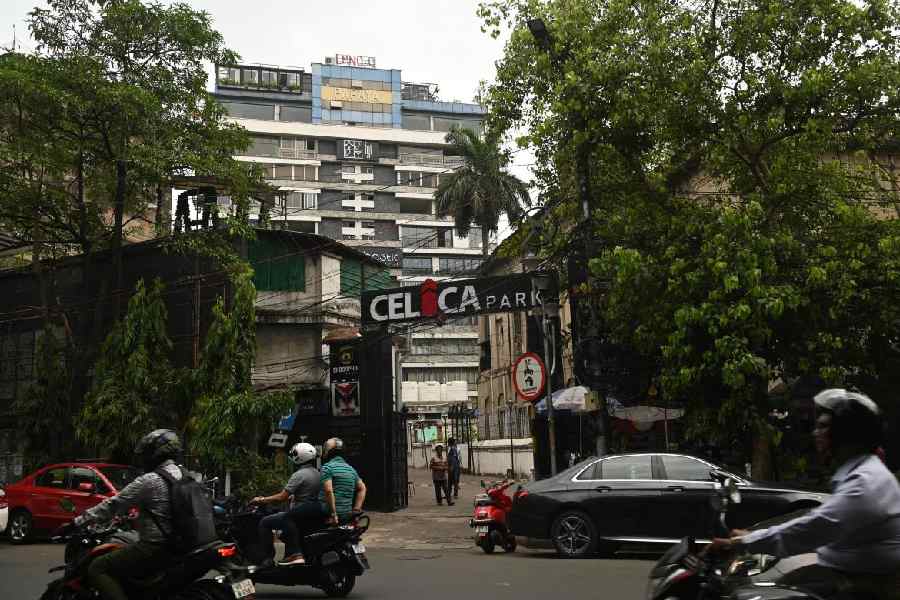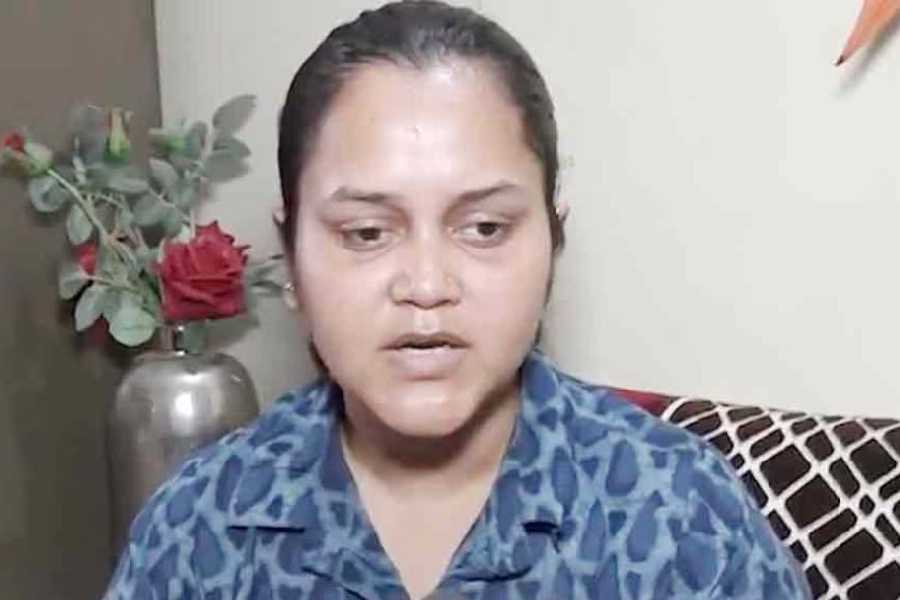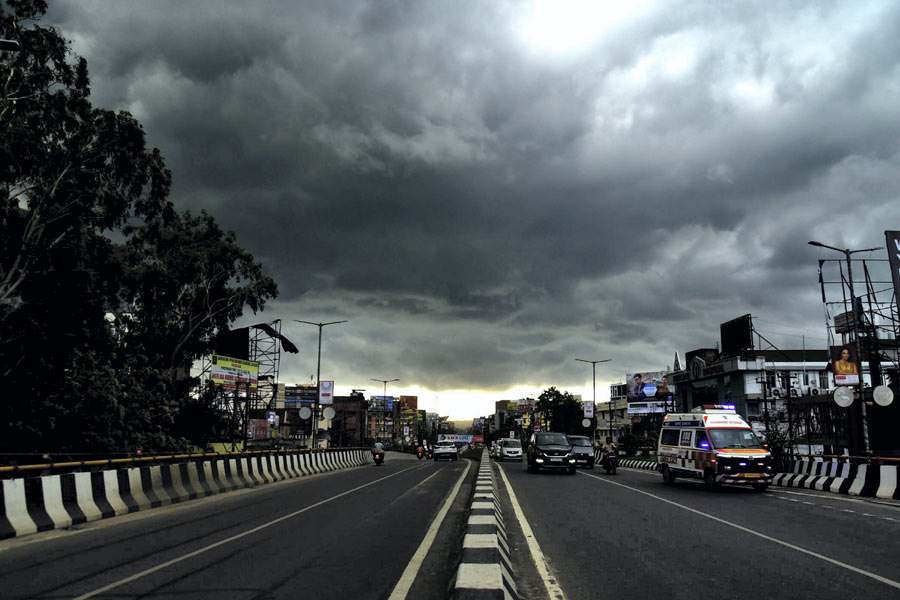 |
| ‘For a society that is still harried by dowry and where son preference is an obsession, the girl child is a dispensable object’ |
The Northeast has been in denial about a number of things. One of them is the worsening status of women. The other is the sex ratio. We, in the region, feel that women here enjoy a relatively better position when compared to their peers in other states. Another area where we think we are doing very well is the sex ratio. This region, we tell ourselves, can never be as bad as Haryana, Punjab or Rajasthan. The above three states are notorious as far as the declining sex ratio is concerned. For the uninitiated, sex ratio denotes the number of females per thousand males.
In India, there are 35 million missing women. Most of them go missing at the age of 0-6 years. In other words, female foetuses are eliminated from the mother’s womb. Presenting a paper at a conference held in Delhi recently to address this issue, an activist said, “Just as our taxes are deducted at source, similarly we have learnt to kill the female foetus even before it is born. No wonder, cases of female infanticide are going down, while those of female feticide are on the rise. The law somehow discriminates by making feticide a lesser crime than infanticide.” Strong words but they indicate the gravity of the problem.
I happened to be a participant at the media sensitisation workshop on sex selection and female feticide held at the national capital recently. Scholars and scientists, who have done extensive work on the issue, presented findings based on data collected from across the country. Assam is one state in the region where the sex ratio has declined by 50 points in the decade between 1991 and 2001. Some parts of urban Assam had a sex ratio that was as low as 850. This shocking revelation should shake us out of our complacency. As per the 2001 census, the sex ratio in the 0-6 age groups in Assam is 964. Meghalaya’s sex ratio stands at 975, Arunachal Pradesh’s at 986 and Nagaland’s at 961. No data was available for Mizoram, Tripura and Manipur. As per 1991 census, the overall sex ratio in the Northeast was even lower. In Assam, it was 923, Meghalaya 955, Arunachal Pradesh as low as 829, Manipur 958, Mizoram 921, Nagaland 886 and Tripura 945.
The technology that has enabled what many call the “genocide of the girl child”, is the ultra-sonography machine, which works through body waves to show the foetus in a pregnant woman’s womb. If the sonography is focused on the genitalia, the radiologist can easily tell whether the foetus is male or female. For a society that is still harried by dowry and where son preference is an obsession, the girl child is a dispensable object. Her birth is often seen as an additional burden for the family, which has to save up enough money for her dowry. Despite all the talk of making dowry illegal, the rich and famous still flaunt their “gifts” to their daughters on her wedding day. Marriages are ostentatious and extravagant and even if unaffordable they are indulged in because families are constantly competing with each other about how much they spend on their children’s wedding.
With all the archaic social customs still prevalent and as entrenched in Indian society today as they used to be in the days of Raja Rammohan Roy, sex selection and crimes of female foeticide will only increase. So bad is the scene in parts of Haryana, Punjab, Rajasthan and Gujarat where the sex ratio ranges between 750-784, that not enough women of marriageable age are available in the villages. Hence, girls are brought in from Assam and West Bengal. The price paid for such girls is much less than what people pay for cattle. This strange phenomenon has provoked a young, articulate film director, Satish Jha to make the award-winning movie, Matribhoomi — A Nation without Women. Jha portrays an imaginary scene where five men are compelled to marry one girl because no women could be found. When the woman finally becomes pregnant, each man claims the unborn child to be his. This leads to a lot of bickering and bad blood.
Patriarchy has created some serious imbalances in society. These are only now being brought into the public domain. Sex selection and female foeticide are the worst examples of how even women become silent partners and connivers in the crime because to do otherwise would attract severe penalty and social ostracism. To cater to this debased instinct of Indian society is a breed of willing radiologists who despite the Pre-conception and Pre-natal Diagnostic Techniques (Prohibition of Sex Selection) Act, 1994, carry on with their illegal practice of sex selection for a fee. Delhi and Haryana abound with mobile ultra-sound units carried around by radiologists so they can perform sex selection tests anywhere. A client willing to abort a female foetus is referred to a gynaecologist for abortion. Usually radiologists and gynaecologists work as a team.
The ultrasonic machine, a progressive diagnostic technique if used for the right purposes, can be extremely useful to detect several ailments besides detecting foetal abnormalities. Ultra-sonography uses inaudible (to human) sound waves to get a visual image of the foetus on a screen. Normally, it is used to determine the foetal position but can also be used to determine the sex of the foetus. It is usually performed during the 10th week of pregnancy and is today the most common and rampantly used method for sex determination. A study by Shalu Nigam, Indian Social Institute, reveals that out of 15 million abortions carried out in the world in 1997, India alone accounted for four million, 90 per cent of which were intended to eliminate the girl child. Ultrasonography has made the task of sex selection that much easier.
Abortion in India is easy if a person can afford the fees. Though the Medical Termination of Pregnancy Act provides for abortion to be done only in the following cases (a) to save a pregnant mother from grave injury to her physical or mental health or (b) there is substantial risk that the child to be born would suffer serious physical handicaps or mental abnormalities (c) pregnancy has occurred as a result of rape (d) failure of a family-planning method, we are all aware how ineffective the implementation of the law is. There are doctors in every corner of every city or suburb of this country who are willing to conduct an abortion for reasons other than the above so long as they are paid the fees they demand.
Then again, despite the existence of the PNDT Act, many radiologists still advertise in the following fashion, “Pay Rs 500 now and save Rs 5,00,000 later”. This is a blatant display of greed and a total unconcern for human life. Such doctors deserve the severest punishment. But who will do that if their services are still valued?
In the whole of Assam at the last count there were 215 registered ultrasonography machines. There could be more unregistered ones. It is illegal to have an unregistered ultrasonic. Meghalaya has 21, Manipur 24, Mizoram 11, Nagaland 5 and Tripura 39. Compared to the population, Tripura does seem to have an excess of ultra-sound machines. Could that be related to the payment of dowry among the non-tribal population of Tripura, which far exceeds the tribals? Whatever be the case, the practise of dowry seems to exacerbate the sex selection and abortion syndrome. Particular communities among the non-tribals of Assam have the propensity for son-preference. This, in turn, leads to sex selection and abortion. Hence, the low sex ratio in places like Guwahati and Dibrugarh, among other cities.
Civil society and women’s organisations in Assam must wake up to this menace before we are reduced to a society with serious dysfunction. The girl child must be given the right to live with dignity and respect.


